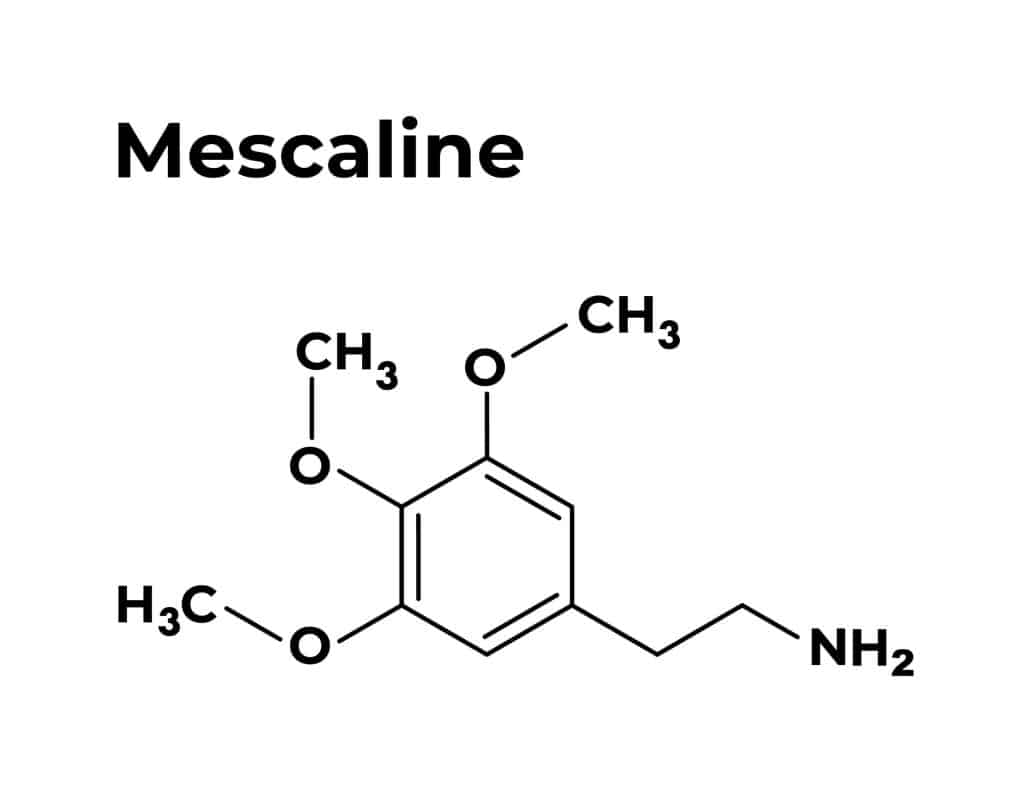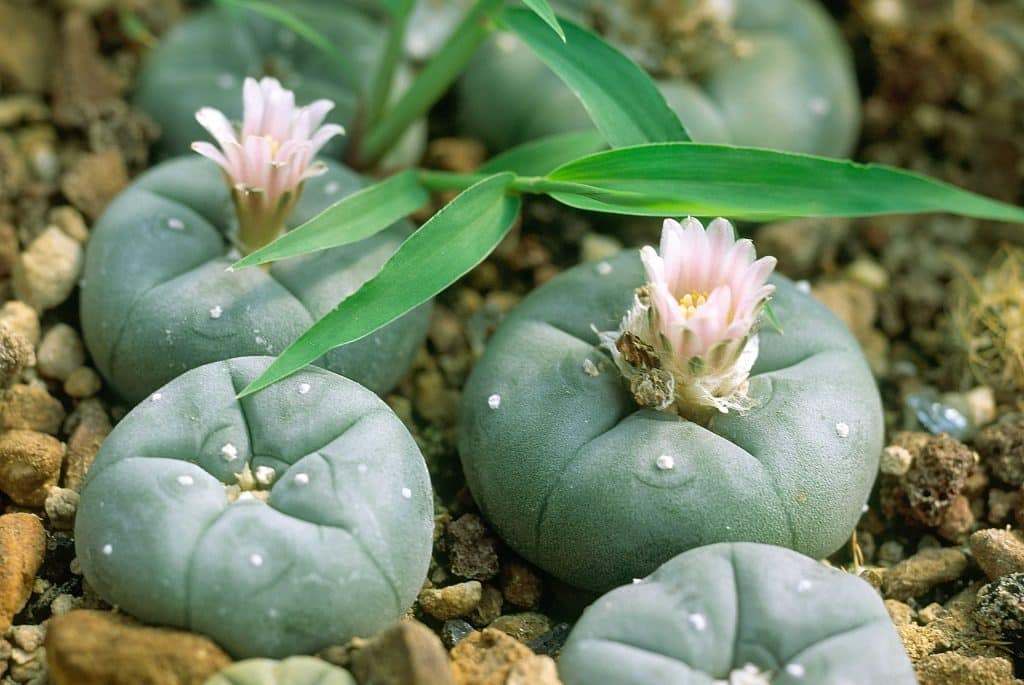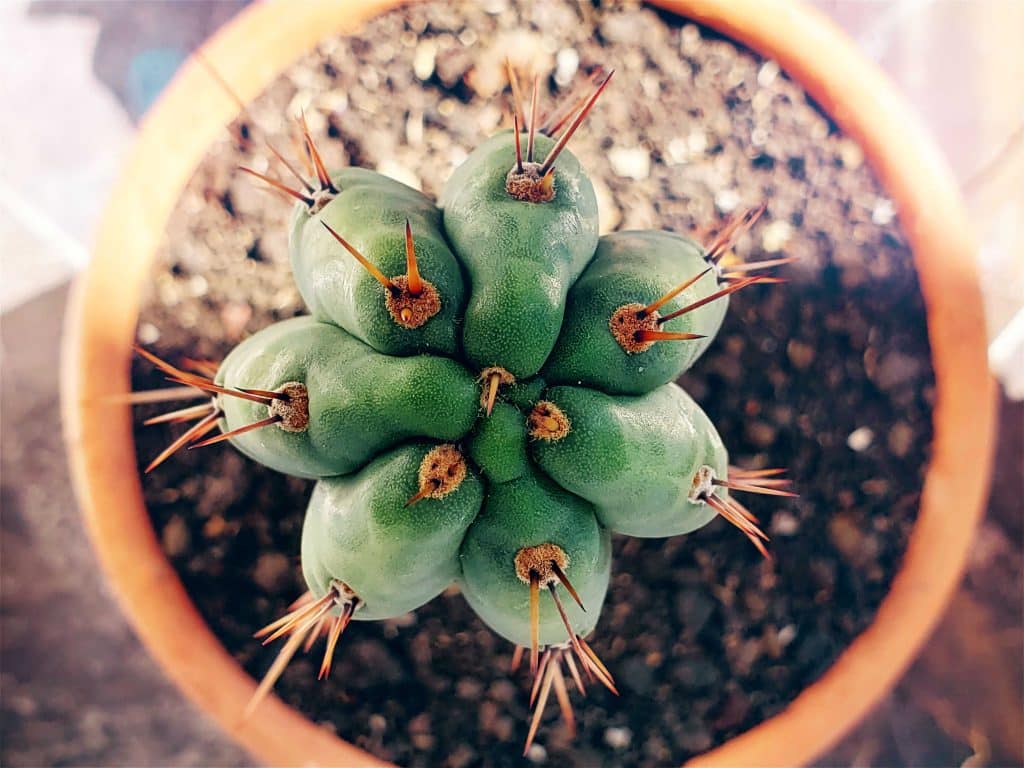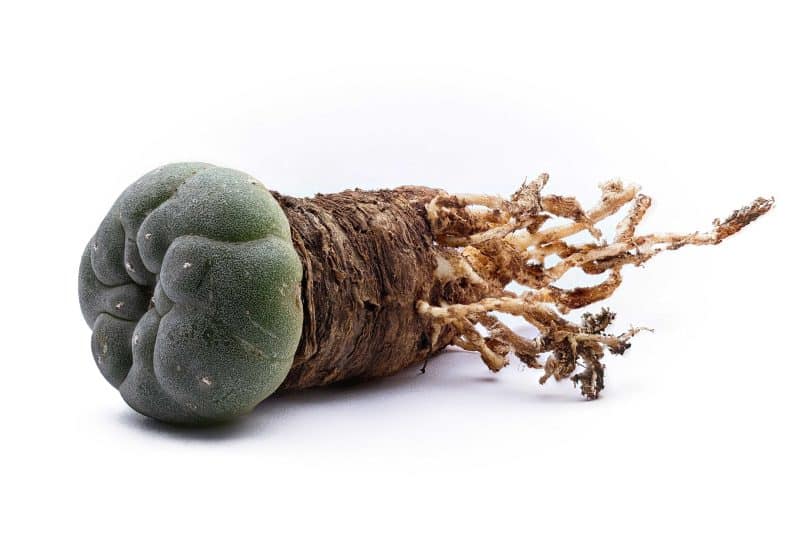I recently covered the mescaline loophole, and how to access mescaline without breaking the law. The thing is, unless you’re eating the plant, you’ll need to take the plant in question, and get the mescaline out. It’s definitely not the easiest process, but neither is making meth, and that’s a pretty popular activity in some places. For those with the wherewithal to do so, here are some basic DIY mescaline extraction instructions, along with some further reading, to help get the process started.
Check out these instructions for a DIY mescaline extraction. A fun project for those with a little chemistry experience! We are an independent news publication offering comprehensive coverage of the cannabis and psychedelics landscapes. Subscribe today and we’ll send you regular updates via the Cannadelics Weekly Newsletter, as well as providing you some super sweet deals on tons of merchandise like vapes, smoking devices, edibles, cannabis paraphernalia, and the ever-popular cannabinoids Delta 8 & HHC. You can find details in our ‘best of’ lists, so go ahead, and pick yourself up some brand new swag.
Disclaimer: The following article includes actions which could be illegal depending on location. Neither this publication, nor its writers, are encouraging anyone to break laws. We are, however, providing scientific information, which is already open to the public.
Mescaline – the low-down
Of all the classical psychedelics, mescaline comes with the benefit of not being quite so illegal. Mescaline, (3,4,5-Trimethoxyphenethylamine), is a naturally occurring psychedelic compound, which is serotonergic in nature, like its compatriots LSD, psilocybin, and DMT. It’s found in plants like the Peyote cactus (Lophophora williamsii), the Peruvian Torch cactus (Echinopsis peruviana), San Pedro cactus (Echinopsis pachanoi), and in the Cactaceae plant and Fabaceae bean families. It’s a member of the phenethylamine class of drugs, along with the likes of methamphetamine, MDMA, and amphetamine.
Mescaline acts like other psychedelics, producing subjective experiences in the form of hallucinations. These happen with eyes open or closed, and are also associated with distortions in time, vision, and sound. Also, like other psychedelics, mescaline produces feelings of euphoria, well-being, connectedness, and an overall loss of ego. It’s often spoken about as being gentler than other psychedelics, with less negative come-down experience.
Psychedelics do come with the stipulation that they can cause bad trips. The topic of bad trips is way less flushed out than it should be, and the concept is often not well understood. It more or less seems to be an anxiety response, likely caused by the stimulant effect of increased serotonin. Prospective users should keep this in mind when considering dosing, and whether to try mescaline at all, (though it seems the majority of people don’t have this issue).

Mescaline made an entrance into Western science in 1897, when German chemist Arthur Heffter isolated the compound from a Peyote plant. It was synthesized for the first time in 1919 by Ernst Späth. It’s history goes back way farther than this, with ritualistic use dating back as far as 5,700 years ago. It has been a staple in MesoAmerican cultures, used in different spiritual and ritualistic events throughout history, and into today.
How legal is mescaline?
The mescaline loophole exists because of this rich history of religious use. Mescaline itself is a Schedule I substance on the Controlled Substances list, as of the implementation of the 1970 Comprehensive Drug Abuse Prevention and Control Act. The plant Peyote, which contains mescaline, and is the most popular plant to do so, is also Schedule I. But not other mescaline-containing plants like San Pedro or Peruvian Torch. According to the US government, these other mescaline-producing cacti are perfectly legal for possession, sale, and transport; and are legal for cultivation without rules attached, as they aren’t mentioned in any drug law.
Even Peyote isn’t 100% illegal. In 1978, the American Indian Religious Freedom Act was put into place, originally meant to cover Peyote use for Native American communities only. This was expanded in 1991 to include anyone using the plant for religious purposes, and then amended in 1994 to include harvest, possession, consumption, and cultivation of the plant for religious purposes. Which means, so long as your Peyote is used for something bigger than yourself, its totally cool.
For the purpose of clarity, its best to touch on an important point. The American Indian Religious Freedom Act gives a lot of freedom to use mescaline via Peyote for religious purposes, as does the lack of inclusion of other mescaline-containing plants in official drug scheduling. But this doesn’t include mescaline production. The term ‘production’ technically relates to any part of growing a plant or making a drug, but in this case is geared toward doing something specifically with the mescaline inside.
In native cultures, mescaline isn’t extracted from the plant, but instead, taken in with the plant. It’s common to cut the heads off the Peyote cacti and dry them into disc-like buttons. The user can simply chew the buttons to release the mescaline. The other option is to soak the buttons in hot water to make a tea. Neither of these include major production methods beyond growing the plant, and therefore don’t deal with specific mescaline production.
As such, when it comes to physically taking the mescaline out of the plants, the legality is a bit more gray. There’s area to argue it either way, especially if an extraction is for a religious purpose. However, as of right now, the laws technically don’t cover the idea of taking the mescaline out of the plant.

DIY mescaline extraction tips
Doing a DIY mescaline extraction isn’t the simplest process, but for those with the right training, its not that different from a small-scale science experiment, and doesn’t require tools that a standard person can’t get. Here is the basic process of a mescaline extraction from the Peyote plant (or similar cactus). These instructions are not meant to be followed without further research, and are more to give an idea of the general information, with an expectation that anyone who wants to do it, will research the topic further first.
- The first thing you must do is make a cactus soup. Either take dried cactus and powder it, or take fresh cactus and puree it in a blender. Before doing anything else, weigh your cactus matter, as this becomes important information for later. Use a stainless steal pot, and cover the Peyote with water. It needs to be an acidic soup, which means you’ll need to add something like citric acid to lower the pH. This soup is then boiled for about 20 minutes. The cactus matter is strained out, and this process should be repeated three times, and the water from each time put together.
- The second step is de-fatting the liquid, to get rid of fats and other unnecessary plant material. The pH must be around four at this point, which means the alkaloids will be salts, and therefore soluble in water, but not the compound xylene. First let it cool, then transfer to a glass container. Add 25-50% of the solution volume in xylene (which can be bought easily over the internet). Put on a lid, and turn the jar over lightly about 50-100 times. No shaking, as that much agitation can cause emulsions to occur. After this light mixing, the contents will separate into three layers: a top solvent layer, a middle fatty layer, and a bottom acidic aqueous solution layer, which contains the alkaloids.
- Once you have the layers, you can get rid of the top two layers. This involves using a turkey baster to take off the top two layers. If this doesn’t get it all, you can siphon off all of the top two layers along with a little of the bottom layer. Put this in a tall thin glass container like a test tube, and let it separate itself into layers again. Then, you can use an eye dropper to get out all the solvent and fat, and add back the rest of the aqueous solution. This whole process should be repeated until no fatty layer is left at the top.
- Now you need to make your acidic solution, into something basic. To do this, add in sodium hydroxide slowly to raise the pH to about ten. If you choose to do this by making a sodium hydroxy mixture with water, make sure to use non-heat-sensitive containers as the mixture produces heat. Sodium hydroxide should be handled carefully in general as it can cause burns, and if possible you should wear protective gloves and goggles for this part.
- After making your solution basic, add in more xylene at the same ratio as the first time. Do the same turning over lightly process to mix it while avoiding emulsions. When you leave it to sit, two layers will separate out, a top layer of xylene and alkaloids, and a bottom aqueous solution. Collect the xylene layer and put it aside, by either siphoning it off, or using a separatory funnel. Some alkaloids will remain in the bottom layer, so this process should be done a few times to capture as many of the alkaloids in the xylene as possible. Now get rid of the remaining aqueous solution.

- Now you need to make and extract the salts. You’ll add acidic water to the xylene to do so. This converts the salts to water soluble form. If using hydrochloric acid, make sure its diluted if bought from a store. If using vinegar, no need to dilute it and it can be used as is. If using citric acid, you should make a mixture with a small amount of water. At this point you’ll look back on the weight measurements made in the beginning, as a way of assessing how much alkaloid is expected in the solution. Mescaline is generally about 50% of the alkaloid content. Add an equimolar quantity of acid to the solution, based on the weight from the beginning. If you don’t have the weight, its okay. Add in acidic water to the xylene, let it separate, and take out the water layer. Repeat until water layer is acidic. When you are done this step (from either method), get rid of the xylene, safely.
- A separate option is to simply allow the xylene to evaporate out, and skip the last step. This comes with the detraction that the mescaline oil in freebase form, is extremely caustic and could burn the skin. It’s preferable to instead access the salt form by using the previous step, but if you have a way of using the mescaline oil, this is also an option.
- The last step is to pour the water into a baking pan (pyrex), and leave it to evaporate. This results in the mescaline forming crystals. This should be done at room temperature with no heat applied. At the end, scrape off the crystals and store in capsules or vials.
- In terms of how to dose it, the important thing to know is that the type of mescaline is dependent on the type of extraction solvent. Citric acid creates mescaline citrate, vinegar creates mescaline acetate, and muriatic acid creates mescaline hydrochloride. The different molecular weights of the different acids, means different dosing requirements. Check all related material so you can feel comfortable with how you dose your final product.
Conclusion
If you’re looking to do a DIY mescaline extraction from the Peyote plant, the above guidelines can help, but you’ll need further information. Interested extractors should check out this guide which is less specific to Peyote, this guide for yet another view and more pointers, and this source which offers more information on mescaline extractions in general. My advice is to read through all the information to figure out if this is desired, the method that works best for you, and your solvent of choice.
As stated previously, the legality of a DIY mescaline extraction is less concrete than the ability to use mescaline in ritualistic capacities as part of a plant. Interested parties should make sure they are comfortable with the process and legalities involved.
Hello and welcome! Thanks for making your way to Cannadelics.com, where we provide you with the best in independent reporting for the growing cannabis and psychedelics spaces. Join us on a regular basis to keep up with headlines, and sign up for the Cannadelics Weekly Newsletter, so you’re always up on what’s going down.







